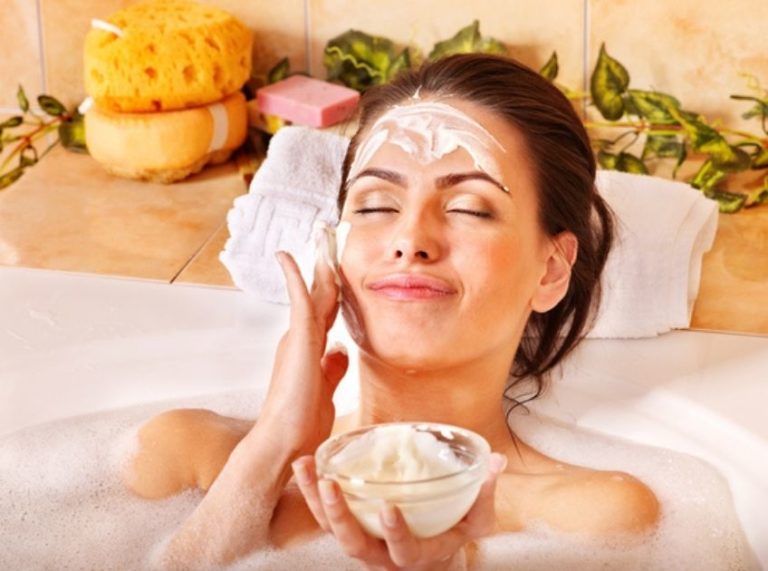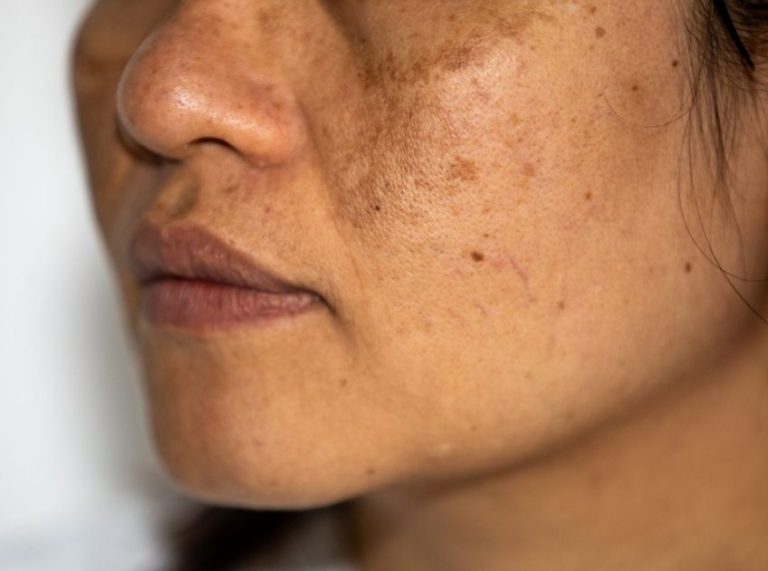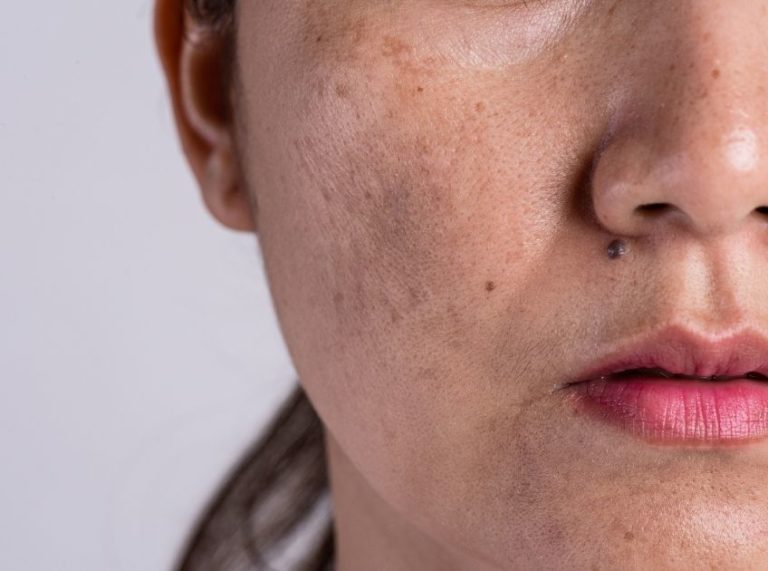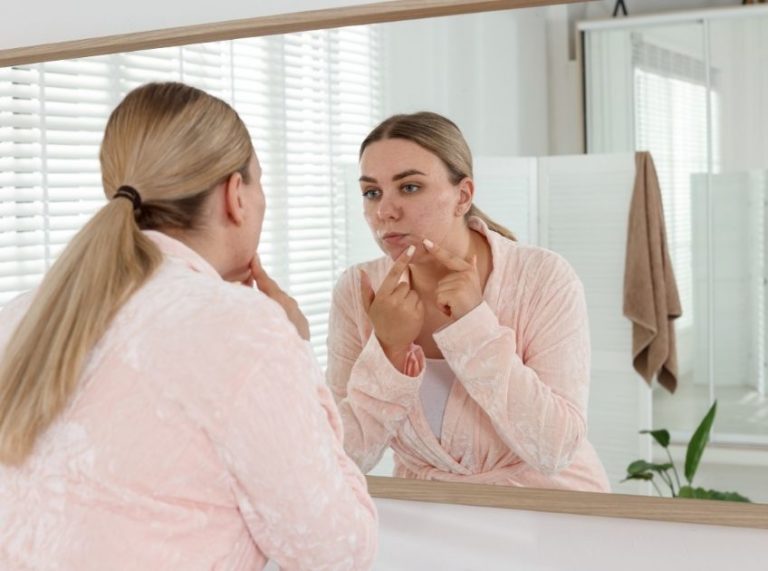
Important: This article is for informational purposes only. Please read our full disclaimer for more details.
Pampering yourself with a face mask takes you one step closer to healthy skin. When heading to the salon for facial or cleanup seems time-consuming, face masks come to rescue. They are convenient, easy to use and don’t take more than 15 to 20 minutes to revitalize the skin.
There are multiple skincare brands that offer different types of face masks, promising to address different skin concerns. From hydrating and nourishing the skin to unclogging the pores and exfoliating, face masks can perform multiple functions.
In this article we will explore two common face masks namely sheet masks and rinse-off face masks and learn how they work. Comparing the two will help understand which one is better for different skin issues.
Difference between sheet masks and rinse-off face masks
Sheet Masks

As the name indicates, sheet masks (1) are pre-cut sheets made from fiber, cotton, or cellulose and saturated with different active skincare ingredients. They have cut-outs for eyes, nose, and mouth that fit in your face perfectly.
These hydrogel sheets contain ingredients that hydrate the skin and brighten it to give a glowing radiance. Other than this, the specific ingredients decide what skin concern the sheet mask will address. Some common ingredients in sheet masks include hyaluronic acid, collagen, glycolic acid, etc.
As you apply a sheet mask, it sits on the skin for the prescribed time (15 to 20 minutes), allowing ingredients to penetrate deeper and show the results.
Rinse-off Masks

Rinse-off masks are designed to apply on the face for a specific time, usually 10 to 15 minutes, and rinse off with lukewarm water. These masks may come in dry or powder form and are recommended to be mixed with water to form a paste-like consistency. This paste is then applied to the face evenly, avoiding the eyes and lips.
Rinse off face masks also contain different ingredients that can address different skin issues. For instance, face masks with exfoliating agents can remove dead skin cells and cleanse deeply. Likewise, clay masks can help unclog pores and minimize them.
Typically, the base ingredient could be clay, charcoal, cream, etc.
Below is the table differentiating sheet masks and rinse-off masks based on different aspects-
| Feature | Sheet Masks | Rinse-Off Face Masks |
| Form | Pre-cut fabric or hydrogel sheets | Creams, gels, clays, or muds |
| Application | Applied directly onto the face | Applied using fingers or brush |
| Usage Time | Typically worn for 15-30 minutes | Left on the skin for 10-20 minutes |
| Moisturizing | Usually high moisture content | Moisturizing properties vary, based on the base ingredient |
| Ingredients | Infused with serums or essences | Range from hydrating to exfoliating |
| Absorption | Better absorption due to close contact | Absorption depends on formula |
| Convenience | Easy to apply and remove | Need to be applied evenly. May require more effort to apply and remove |
| Purpose | Hydrating, brightening, or soothing | Exfoliating, detoxifying, or firming |
| Skin Type Suitability | Suitable for all skin types | Depends on specific formula and type |
| Frequency of Use | Can be used daily or as needed | Generally used 1-2 times per week |
Sheet Masks Vs Rinse-Off Face Masks- How Do You Use Them?
Sheet Masks
Sheet masks are easy to use as they are pre-cut in the shape of the face and have cut-outs for the eyes, nose, and mouth. To use a sheet mask, all you need to do is cleanse the first, tap it dry, and apply the sheet on the face for the prescribed time.
These face masks can be applied at any time of the day or as a part of your morning or nighttime skincare routine. Normally, you can use them twice a week to achieve results.
If you have sensitivity to certain ingredients such as chemicals or fragrance, make sure your sheet face mask does not have them.
Rinse-off Face Masks
Such face masks can be applied twice a week. If the mask contains clay as the base ingredient, do not use it excessively, especially if you have dry skin. Clay masks (2) are highly absorbent, and they draw out not only impurities but oil as well. It can make dry skin drier. However, for oily and normal skin, clay masks work wonders in exfoliation and making it clearer than ever.
Apply rinse-off face mask for not more than 10 to 15 minutes and rinse off with lukewarm water, followed by moisturization.
Sheet Masks Vs Rinse Face Masks- What’s Better for Me?
Your skin type and skin concerns are the two major factors that can help determine what’s better for you. At the same time, convenience also plays a major role.
For instance, if you are dealing with oily and acne-prone skin you can choose a clay mask as it works wonders on such skin type. Being highly absorbent, it removes all the impurities and extra oil and sebum from the skin, exfoliates it thoroughly, and unclog the pores.
On the other hand, sheet masks are very convenient to use. There is no hassle in even applying or using lukewarm water for removal, etc. At the same time, you can find sheet masks with skin-hydrating ingredients (3).
Conclusion
Choosing between sheet masks and rinse-off face masks depends on individual preference, time, and convenience. Besides, consider the skin concern you are dealing with.
While sheet masks are known to give instant results, for long-term effects, rinse-off face masks are more popular. So, choose your face mask wisely to achieve your skincare goals.
Image Source : canva
Related Articles
- Turmeric Face Mask: Benefits and Recipes
- Olive oil Face Mask: Benefits and Recipes
- Face Mask for Dry Skin: Benefits and 6 Best Face Mask Recipes
- Top 8 Homemade Banana Face Mask Recipes
- 5 Top DIY Coffee Face Masks for Healthy and Gorgeous Skin















